What should the condominium juristic person do after an earthquake?
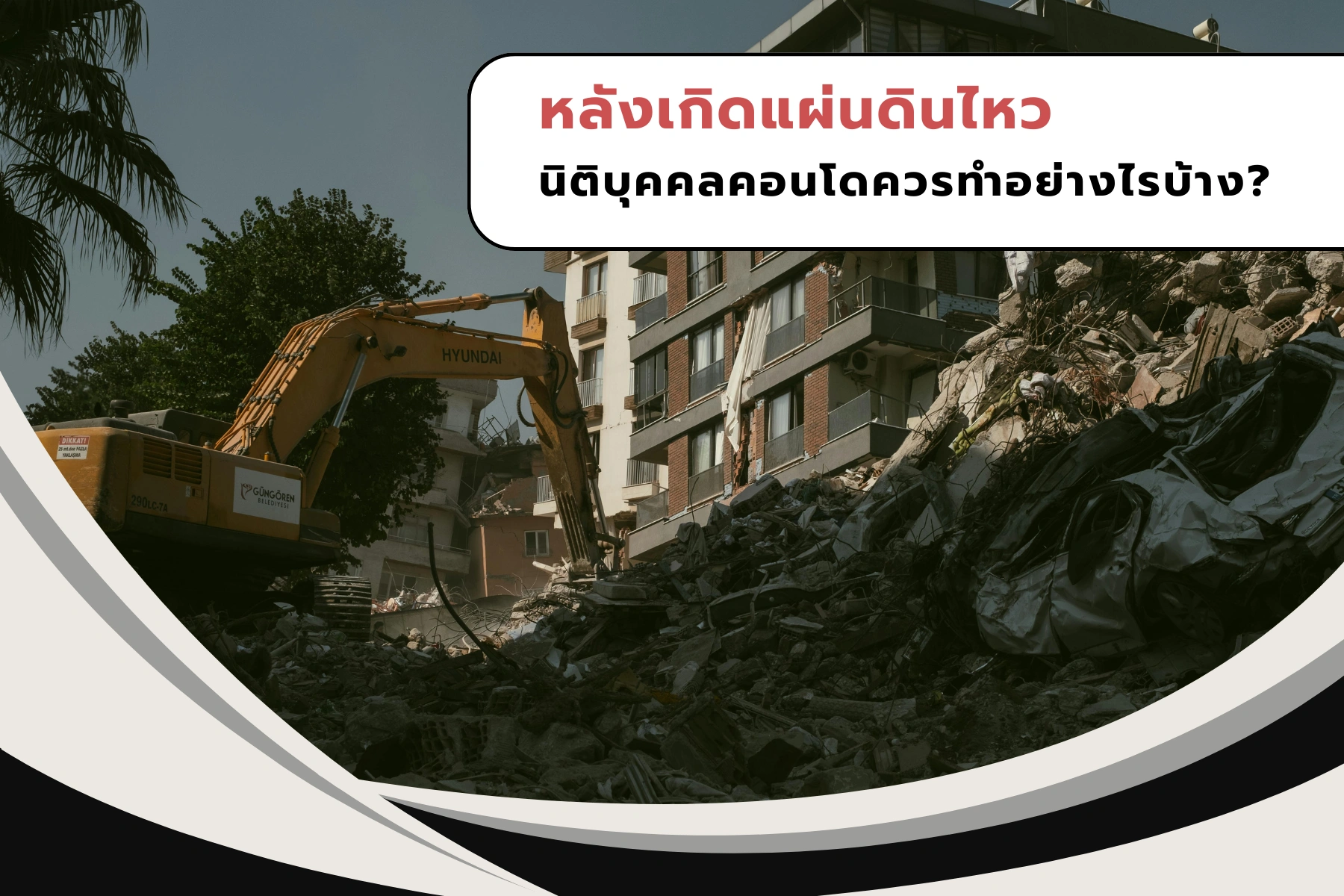

An earthquake is a natural disaster that cannot be accurately predicted in advance, making it impossible to know exactly when or at what time it will occur. Moreover, the resulting damage is not limited to structural issues alone — it also affects residents' sense of safety and confidence in the condominium's management. This article presents practical guidelines on how to respond to earthquakes, enabling condominium juristic persons to prepare in advance, implement systematic response plans, and manage emergency situations effectively.
Earthquake Incidents in Thailand
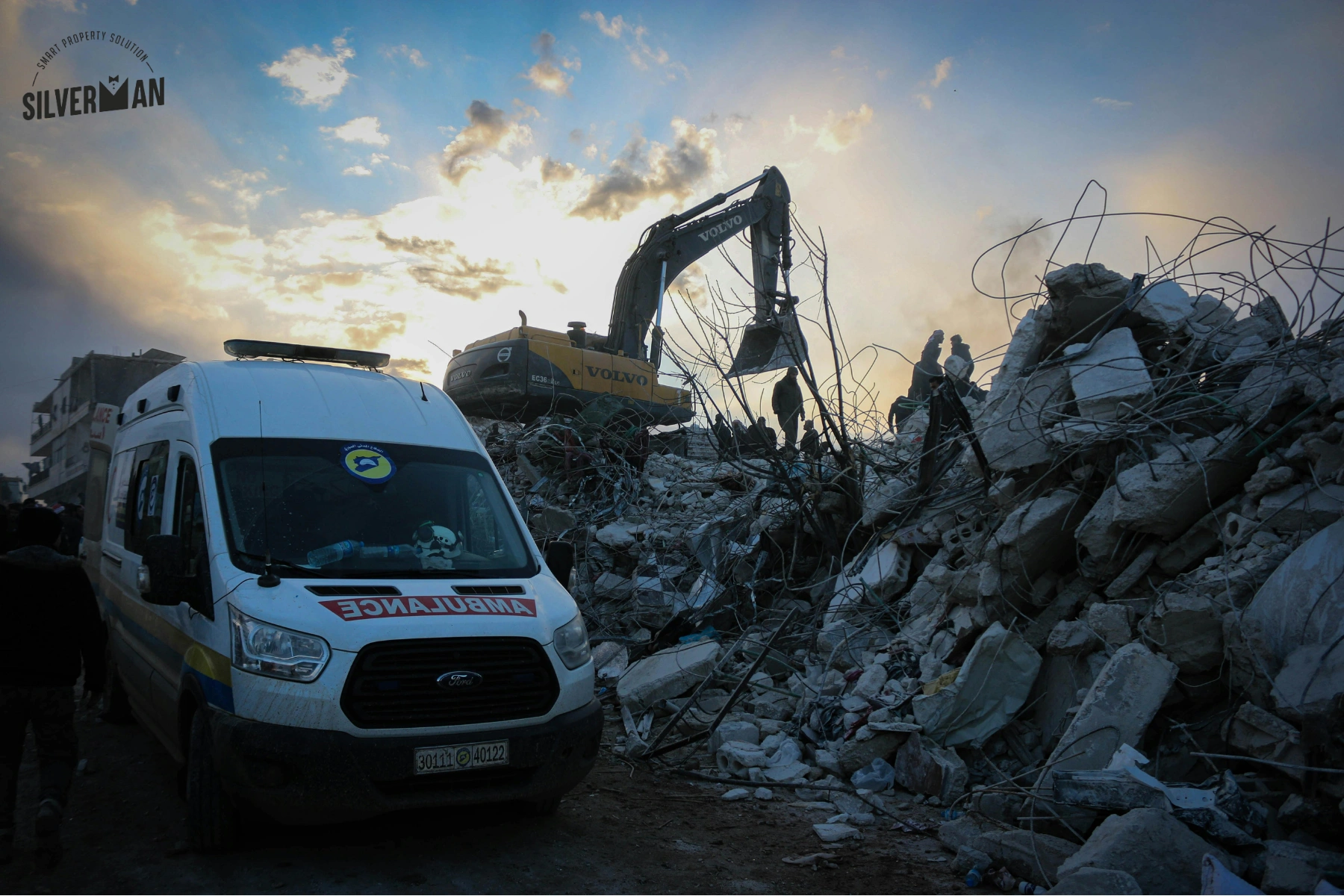

Most Thai people are unaware of what to do when an earthquake occurs, as Thailand is not located along the Ring of Fire — a region where earthquakes frequently occur. However, tremors from earthquakes in neighboring countries can still affect Thailand at any time. For example, on March 28, 2025, at around 1:20 PM, an earthquake with a magnitude of 8.2 struck near Mandalay, Myanmar, approximately 320 kilometers from Pang Mapha District in Mae Hong Son Province. The tremors were felt across many parts of Thailand — including the North, Northeast, Central region, as well as Bangkok and its surrounding areas — making it the most powerful earthquake felt in the country in 90 years.
The cause of this earthquake was the movement of the Sagaing Fault, a 1,200-kilometer-long fault line that runs through several major cities in Myanmar, such as Mandalay, Naypyidaw, and Yangon. Looking back at the history of earthquakes in Thailand, this fault has triggered tremors that reached the country multiple times. For instance, in 1912, a quake with a magnitude of 8.0 caused many pagodas in Myanmar to collapse, and in 1930, a magnitude 7.3 quake resulted in over 500 deaths.
Therefore, even though the recent earthquake has passed, we must not be complacent. The fault continues to gradually accumulate energy, which could be released at any time in the form of a powerful quake with widespread destruction. Continuous monitoring and preparedness are essential.
Let’s take a look at how condominium juristic persons can prepare for, respond to, and manage an earthquake situation — to help residents feel safe and avoid rushing to sell their units or terminate their contracts prematurely.
Preliminary Building Safety Inspection
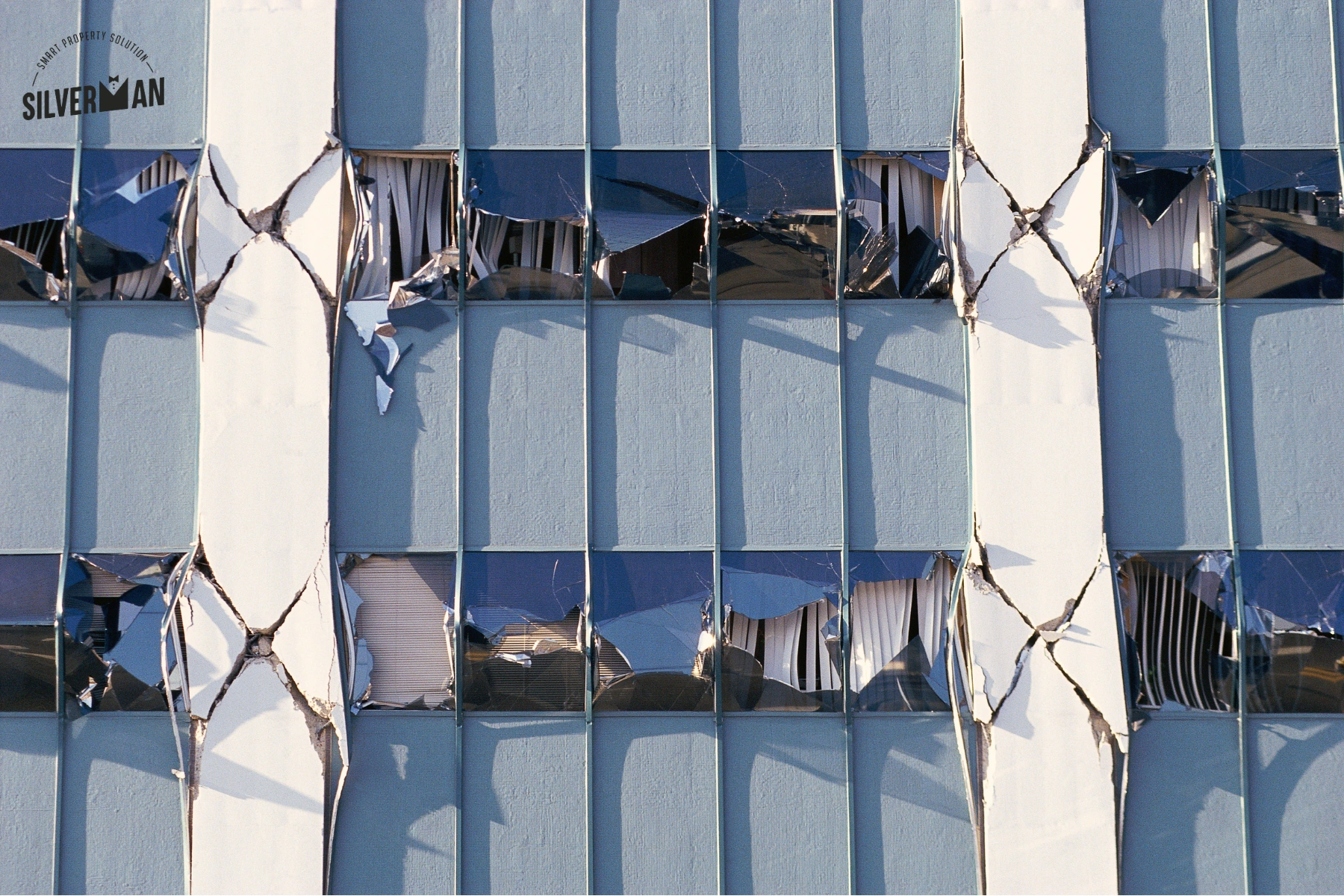

The first thing to do after an earthquake is to inspect the safety of the condominium, checking whether the building has tilted, if the foundation has subsided, and if any cracks have appeared, especially in the main structure such as columns, beams, roof, ceilings, and connection points. Additionally, examine the various systems such as the electrical, plumbing, air conditioning, drainage, and elevator systems. It is also important to observe nearby buildings or structures, as any collapse in those structures could potentially affect your condominium as well.
If there is no significant damage or only minor damage that does not affect functionality, such as small cracks that only go through the plaster layer but the main structure remains strong and the entrances and exits are usable, this is considered a "green" level. Residents can return to the condominium and continue normal activities.
For condominiums that have been affected by the earthquake to a level that impacts usability, such as clear cracks in the structure or parts that may fall, this is considered a "yellow" level. Metal barriers or tape should be used to block off risky areas, clear signage should be posted, and residents should be warned to stay away. Then, a specialist should be brought in for a more detailed inspection.
Notify residents promptly


When an earthquake occurs at a condominium, residents naturally become concerned — whether about the structural safety of the building or the security of their personal belongings inside their units. It is therefore the responsibility of the condominium juristic person to promptly inform residents. This should be done using various communication channels such as the condominium’s LINE group, the Silverman condo application, or by posting announcements in common areas to ensure that every resident is reached.
In addition, the information provided should be detailed and clear — for example, what actions are currently being taken, the progress of those actions, which areas are accessible, and which areas are still under inspection or temporarily closed. Regular updates on the situation should be provided, along with clear contact channels through which residents can report issues, request assistance, or ask for further information easily.
Coordinate with relevant authorities
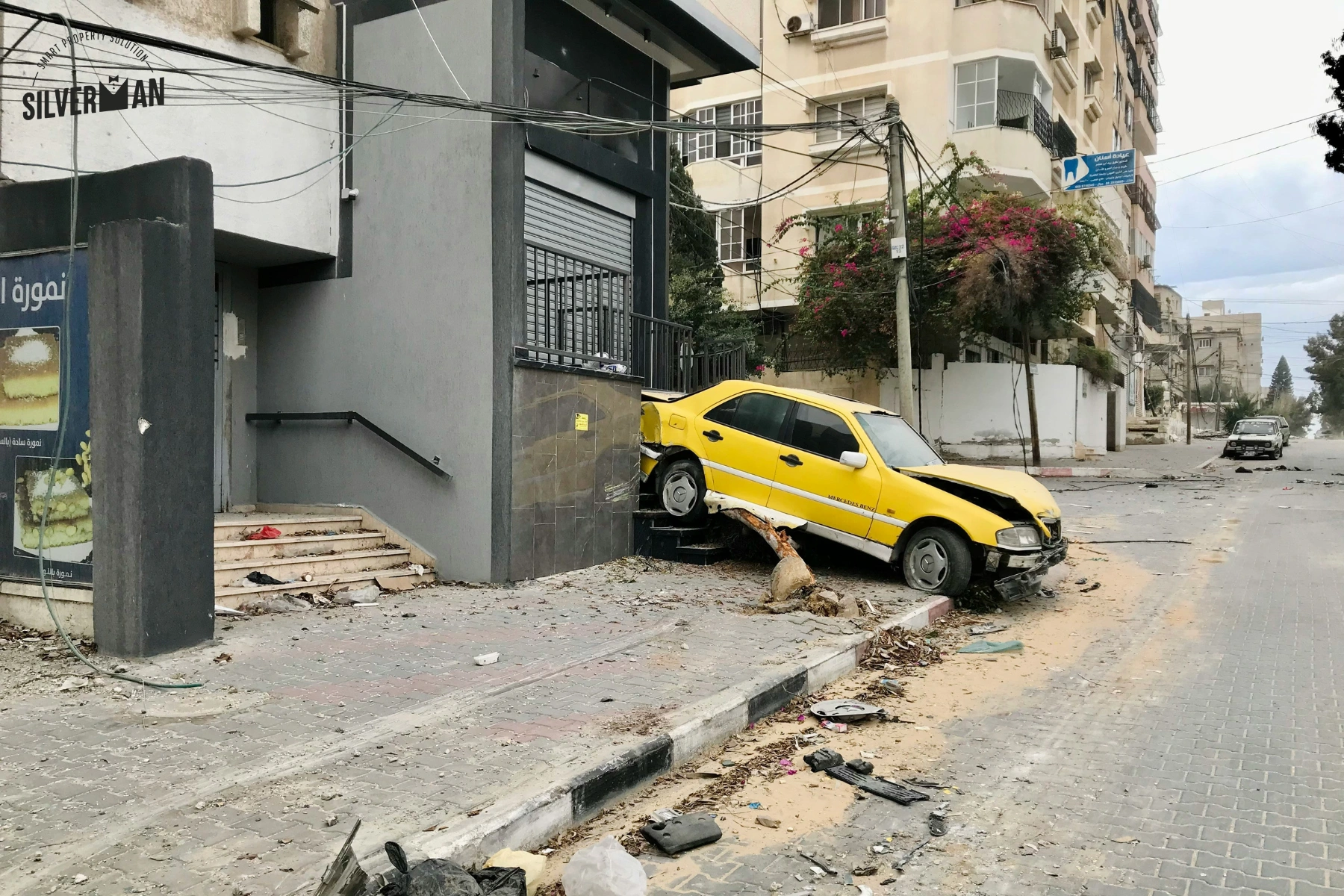

If cracks are found on the building walls and a preliminary assessment suggests that they may affect the structural integrity—or if there is any uncertainty regarding safety—the condominium juristic person should immediately coordinate with the relevant authorities. This includes reporting the issue to the local district office or the Department of Public Works and Town & Country Planning to seek guidance and request that qualified experts inspect the cracks in detail.
In the event of an emergency or when there is a potential risk to life—such as someone being trapped in an elevator, unusual structural noises, or signs of building subsidence—it is crucial to immediately coordinate with rescue services for assistance. Additionally, a specialized structural inspection agency should be contacted to assess the stability and safety of the building.
Check the coverage provided by the condominium insurance
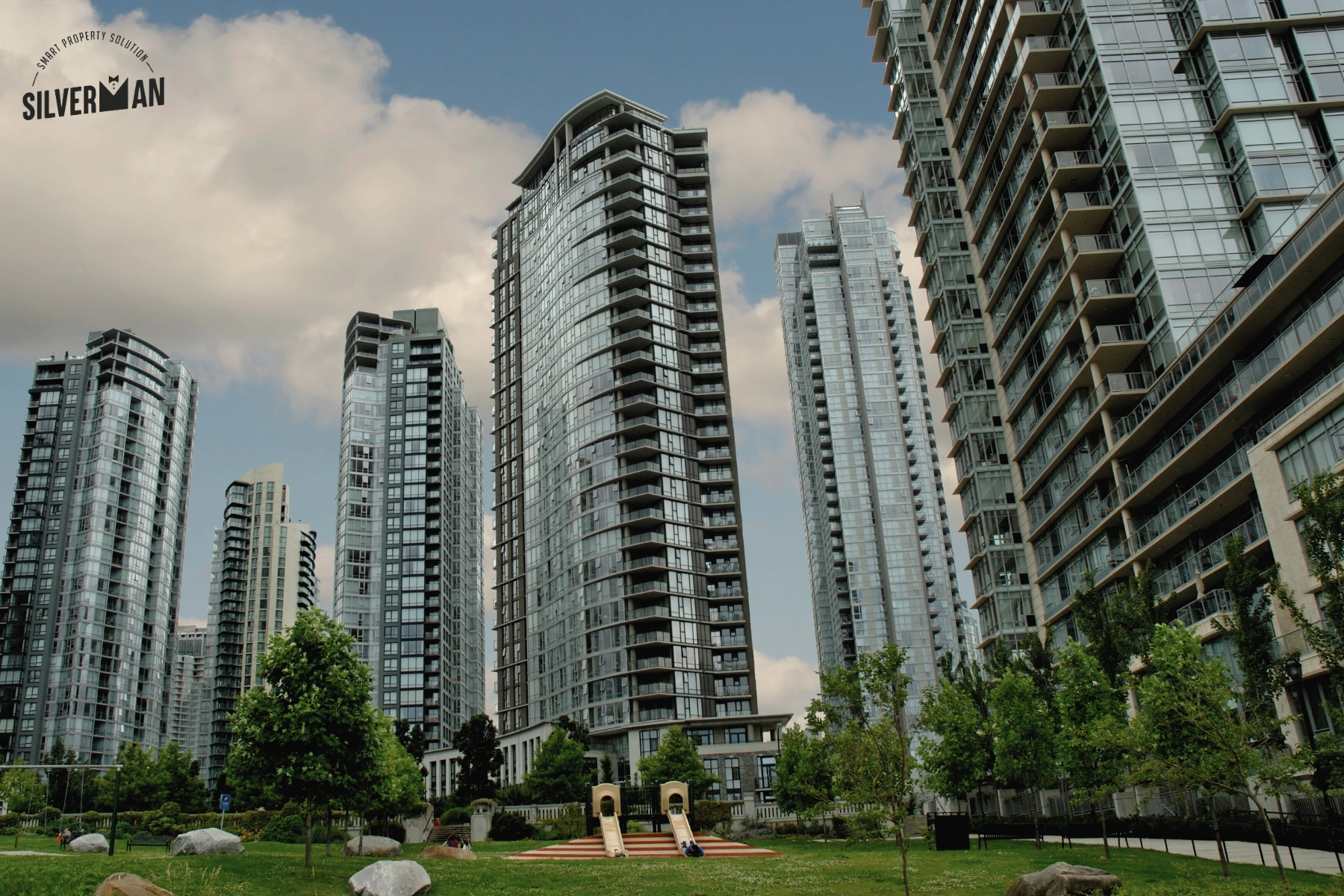

Most condominiums already have insurance in place, but the condominium juristic person must carefully review the details of the existing policy to determine its type. If it is an “All Risks” or Industrial All Risks (IAR) policy, it typically covers common property in the event of disasters—including earthquakes. However, the coverage amount and specific details may vary depending on the insurer’s terms and conditions. Some policies may only cover structural elements such as the building itself, ceilings, walls, elevators, and common areas like swimming pools, while others may also extend coverage to items inside individual units, including loose furniture and built-in furniture.
Importantly, after an earthquake occurs, it is crucial to report the incident to the insurance company as soon as possible and prepare all necessary documents and evidence, such as photos of the damage, a list of damaged items, and repair cost estimates. This helps ensure that the claims process proceeds smoothly and quickly. Residents should also be advised to review their own personal insurance policies, as damage within individual units may not be covered under the condominium’s insurance policy.
Manage the repair plan and budget
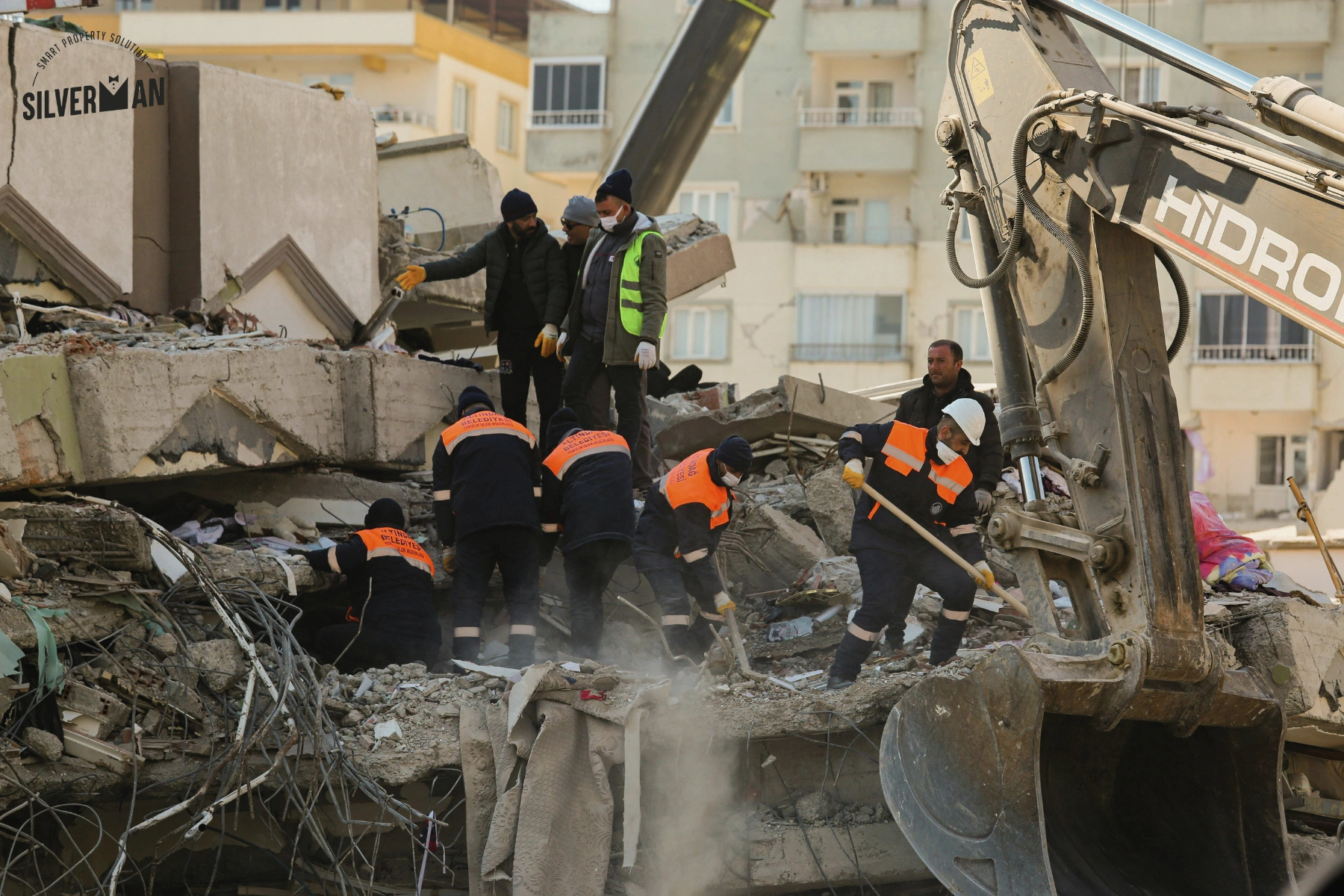

Once the initial damage assessment is complete, the condominium juristic person should prioritize the repair plan, starting with critical systems that need immediate attention, such as electrical systems, stairs, and elevators. Afterward, less urgent repairs, such as those to the swimming pool or common garden areas, should follow. It is important to hire licensed contractors with expertise and experience in repairing condominium buildings to ensure the repairs meet quality standards.
If the repairs require funding from the common pool, a meeting should be scheduled with the board of directors and residents. Details of the problem, repair plans, and an initial budget should be presented to everyone. This will help ensure transparency in the process and reduce the possibility of conflicts arising later.
Prepare an emergency response plan for the future


Preparation is the best way to prevent and minimize potential damage. Therefore, the condominium should regularly review and update its emergency response plan. Additionally, annual training and emergency drills should be conducted to ensure that residents and staff understand the correct procedures. They should know what to do after an earthquake, which route to take for evacuation, where to assemble, and what actions to avoid during the quake. When an actual event occurs, this preparedness will help prevent panic and chaos.
In addition, the condominium juristic person must ensure that the areas are kept tidy, with no objects blocking the walkways or emergency staircases. Necessary equipment, such as fire extinguishers, emergency lights, and first aid kits, should be provided in adequate quantities. Regular checks should be conducted to ensure that these items are in good working condition and always ready for use.
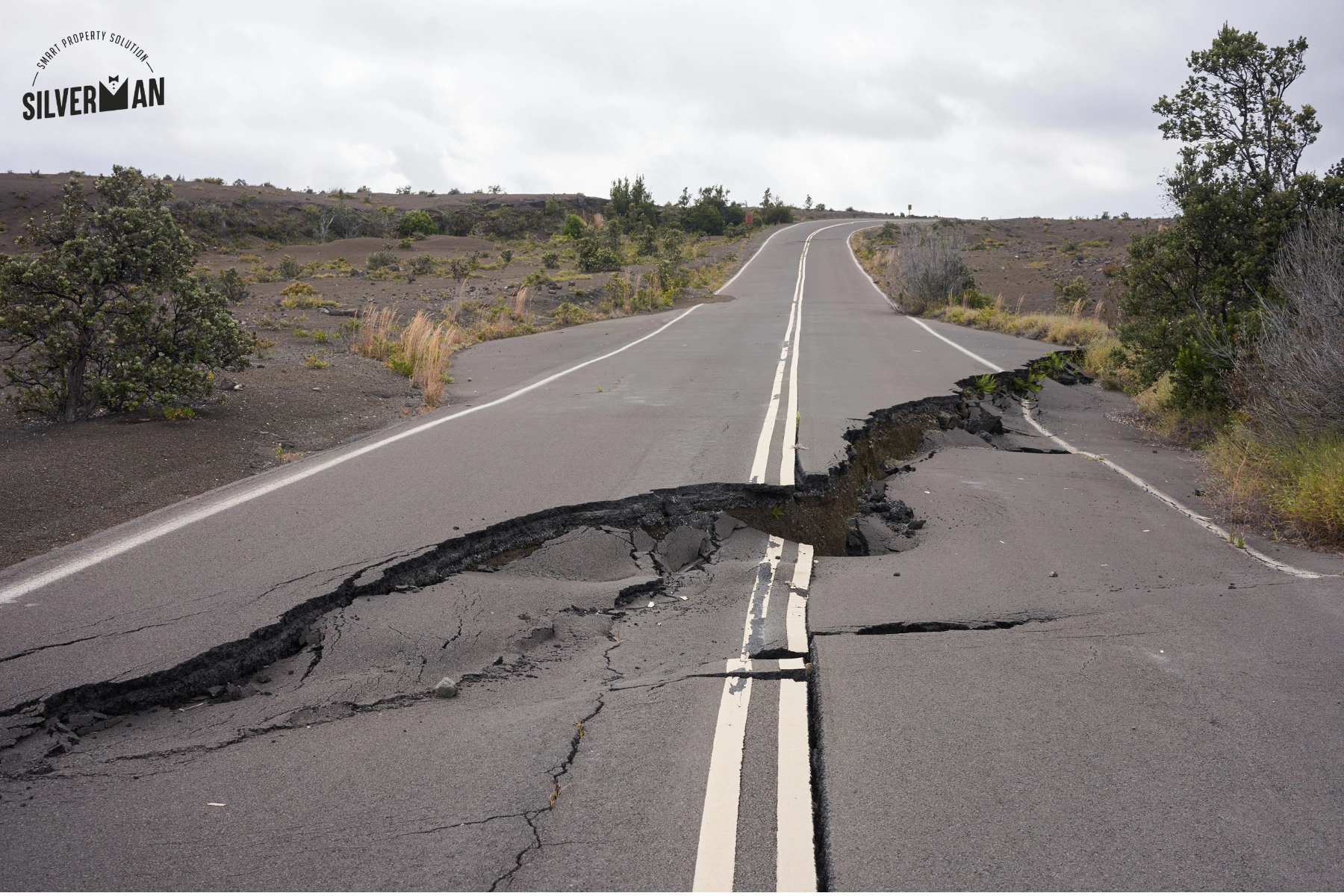

An earthquake, even if it lasts only a few minutes, can cause more damage than expected, especially in high-rise buildings like condominiums, which may require repairs for both common areas and individual units. However, with a good management system in place, the process can be streamlined and expedited. Silverman's condominium management software enables the juristic person to easily communicate with residents, whether it’s for important announcements, news updates, receiving complaints, parcel notifications, or online bill payments—all through the app. Silverman’s features are designed to reduce the burden on the management team and increase resident satisfaction, so residents don’t have to waste time visiting the office.
Additionally, there is a maintenance request function that allows the creation of work orders, viewing the technician's work calendar, and tracking the repair status in real-time. The system categorizes tasks into groups such as urgent, repair, demolition, etc., making it easier for the condominium management to plan their work, quickly monitor the progress of each department, and reduce repetitive work issues. Contact the Silverman team today to discuss and inquire further details.
For inquiries about details, fees, or to request a quotation,
please contact us at 08-1442-6888
Free Consult


Satisfaction Guaranteed
Cancel the service for a full refund up to a period of 30 days